Scotch
I was one of the rare holdouts in college who didn’t drink at all until he was 21. When I started to drink, I decided to go top-shelf right from the start. The way I saw it, why should I slog through swill? I didn’t want to drink to get drunk; I wanted to drink to enjoy the taste of the drink.
I ran the numbers and found that if I drank only rarely, I could afford really good spirits. Thus, I had one of the fancier liquor collections in the fraternity house.

The liquor shelf in 2003 (partially Tyler’s). The three bottles in the center were about $100 each. Fancy for college — or now.
The problem with that approach wasn’t so much that I didn’t learn to appreciate the good stuff — I did — but rather that it was easy to skip over cheaper options that I might have liked even better.
Jump ahead 11 years to last night. My friend Andrew decided to hold a Scotch tasting. About ten of us showed up, each with a bottle or two — or three — in tow. We made an effort to obscure the labels of the bottles using bags and masking tape, numbered each bottle, and proceeded to try very (very!) wee drams of all 23 options.
First, the good news: nobody had snuck* in anything particularly foul. Yes, there was an Irish whiskey and a bourbon, but they were both of decent quality. It was really a matter of distinguishing between the inspired drams and the ones that could be dismissed with a shrug.
Here’s the complete list of what we tasted, in no particular order, but probably with a few spelling errors:
- Macallan 15
- Glenlivet 12
- Laphroaig 18
- Macallan 12
- Macallan Fine Oak 10
- Laphroaig 10
- Cutty Sark Blended
- Glenlivet 21
- Speyburn 10
- Auchentoshan Classic
- Glenfiddich Reserve Cask
- Balvenie 14
- Dalmore 15
- Breckenridge Bourbon
- Glenlivet 12 (again)
- Glenlivet 18
- Speyburn 10 (again)
- Silver Seal 16
- Cragganmore 12
- Dalwhinnie 15
- Finlaggan Old Reserve
- Lagavulin 16
- Tullamore Dew
There was lots of swirling and sniffing and sipping during the blind tasting. Our palates became increasingly fatigued. Nobody got drunk — the tasting pours were just a few milliliters each — but whether from the alcohol or the shared challenge, discussion flowed, punctuated by brief fits of laughter. The temperature rose around the dining room table thanks to the bodies of the tasters and the occasional curious wine drinkers. The room smelled vaguely of vanilla.
Finally, everybody had tried and rated every option. We unblinded the bottles one by one. We each had favorite horses.
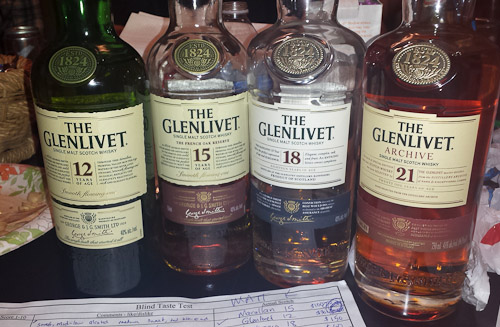
The Glenlivet Scotches on hand
As we reported our scores for each bottle, it quickly became clear that we had different tastes. One man’s 5 (out of 10) was sometimes another man’s 9. Most polarizing were the Islay (pronounced eye-luh) Scotches, of which there were four. Some loved the peatiness. Others hated it and spent the next three drams complaining about how they still could taste nothing but smoke.
There were accidental duplicates in the running, present as unintentional consistency checks: both the Glenlivet 12 and the Speyburn 10 appeared twice. To the latter, I scored it 6 the first time and 7 on the second pass. For the Glenlivet 12, it was 7 and then 9. And that was the really big surprise: that second pass of the Glenlivet 12 was my highest-rated dram — but the bottle was one of the cheapest present. With a range among the 23 options from $15 to $150, with a mean of $60, I had expected the higher-priced bottles to do better, but that was not the case.
For me, the more expensive bottles often tasted unduly flat, almost too smooth. I seemed to prefer the options with a bit more fire and spice to them.
It’s not clear why that was the case. I suspect that I burned up my palate early on while trying to suss out how much water to add to each pour. That, in turn, might have prevented me from tasting much at all in the “better” Scotches and having the harshness muted in those of not quite so high stature. Or it could have been fatigue, or it could have been the temperature of the bottles, or maybe the types of glasses that we used. Hard to say.
Or maybe, just maybe, I actually prefer the cheaper stuff. My college self would have liked to have known that.
—
* As an aside, “snuck” is an example of a recent evolution of the English language. The generally accepted past tense of “sneak” is “sneaked”, but that appears to be changing.
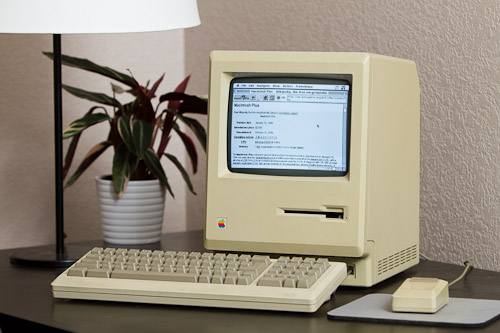
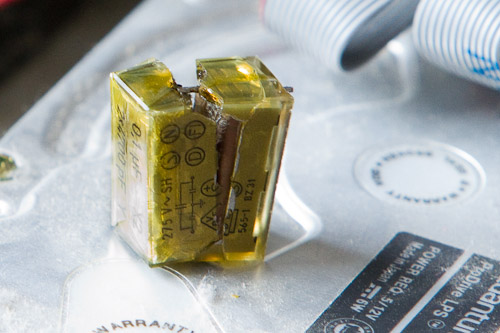
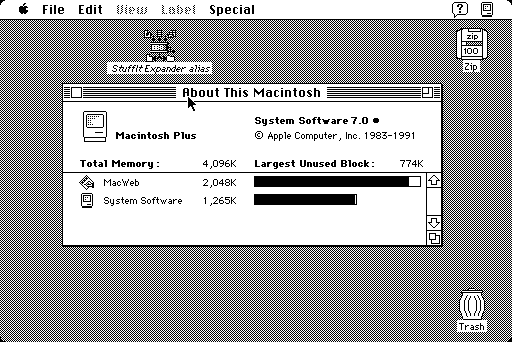
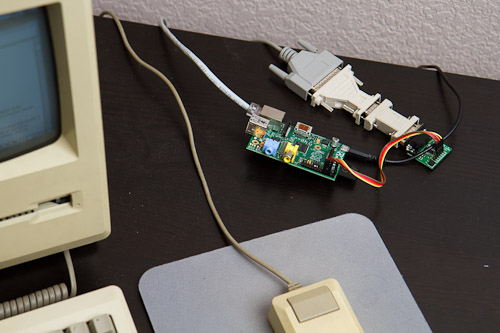
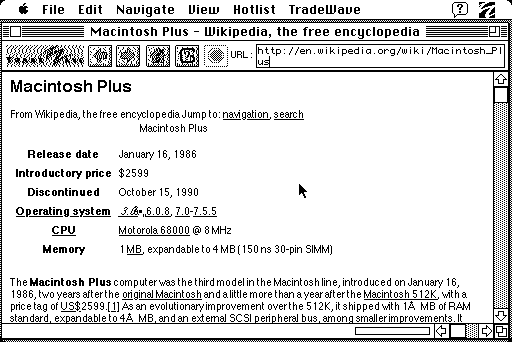
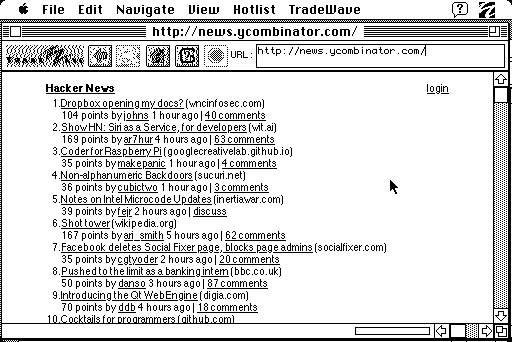


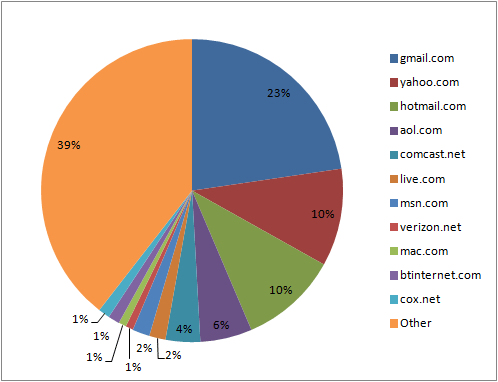
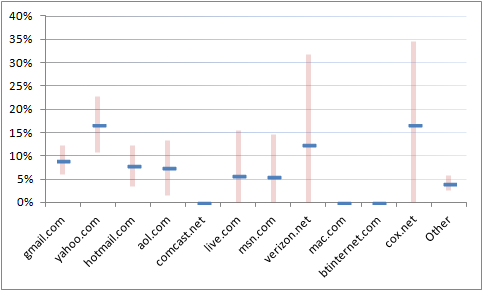
Recent Comments